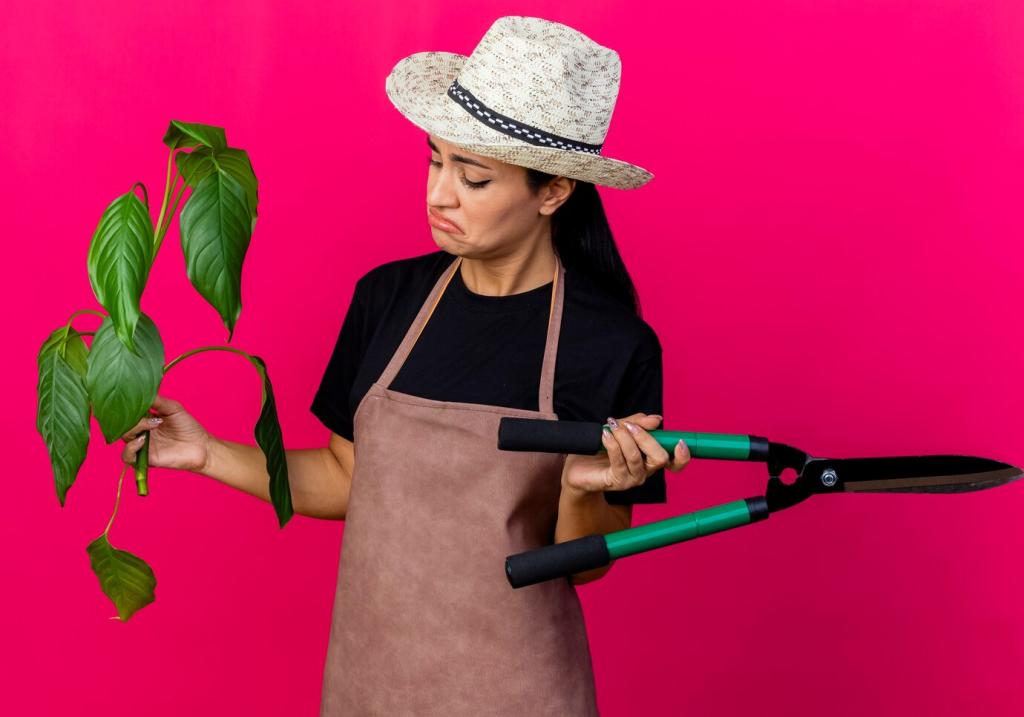Companion planting is an age-old gardening technique that aligns certain plants together for mutual benefit, optimizing growth, pest resistance, and resource use. In the context of urban gardening, where every inch of balcony, rooftop, or window box is valuable, companion planting becomes a powerful strategy. By carefully selecting compatible plant pairs, urban gardeners can maximize productivity and create thriving green spaces, even in the heart of the city. This approach not only makes the most out of limited soil and sunlight but can also foster biodiversity and naturally healthier plants, supporting both local pollinators and resilient crops.
Understanding Urban Garden Constraints
Space-Saving Considerations
Urban gardeners often deal with tiny plots, compact containers, or vertical planters. The need to make optimal use of every inch leads to creative combinations of plants that can share soil, grow upward, or even overhang. Vining vegetables like beans can climb trellises alongside tall, sturdy crops like corn, while shade-tolerant greens grow below. In these restrictive conditions, companion planting helps avoid overcrowding, allowing root systems and foliage to flourish in tandem rather than compete for resources.
Light and Microclimate Factors
Access to sunlight in the urban environment can be unpredictable, with shadows cast by buildings and sporadic exposure throughout the day. Companion planting can leverage these microclimates. Tall, sun-loving plants like tomatoes or sunflowers can act as living shields, protecting shade-tolerant companions from harsh rays or wind. By understanding and working with these unique light patterns, urban gardeners can devise plant pairings that alleviate sun stress or utilize indirect illumination, ensuring all plants thrive together.
Soil Health and Pollution
Urban soils are often compacted, nutrient-poor, or even contaminated. Companion planting can improve these conditions by including species that enrich the earth, such as nitrogen-fixing beans or deep-rooted carrots that break up compacted ground. Some companions can even help remediate pollutants by drawing toxins away from other plants or improving microbiome diversity. By integrating these beneficial pairs, urban gardens can prosper despite initial soil limitations and environmental stressors.
Complementary Growth Habits
When space is a premium, pairing plants that utilize different vertical spaces can maximize your growing area. Upright crops like peppers can be partnered with low-growing herbs such as basil, which spread across the soil and shade it, conserving moisture. Such combinations also help maintain airflow and cushion taller plants from wind sway. By balancing above-ground growth, companion planting supports mutual access to light and reduces competition for root space, making small gardens exponentially more productive.
Pest and Disease Management
Urban gardens, despite their artificial surroundings, still face threats from pests and diseases. Companion planting offers a chemical-free solution by attracting beneficial insects or repelling harmful ones. For instance, aromatic marigolds release compounds that deter nematodes and aphids, supporting neighboring vegetables. Careful plant selection can create a self-sustaining balance, where one species inhales the brunt of pests or suppresses pathogens in the soil, protecting more vulnerable crops nearby. This reduces the need for synthetic pest control and creates a harmonious garden ecosystem.

Vertical Structures for Mutual Support
Incorporating trellises and vertical supports enables gardeners to layer companion plants and use elevation to their advantage. Climbers like beans or cucumbers can share space with shade-loving lettuces at the base, while both benefit from improved air circulation and sunlight capture. These partnerships ensure that no vertical niche goes unused, minimizing the footprint required for a bountiful harvest. Even the smallest balcony can be transformed into a productive, visually dynamic green wall with the right companion pairings.
Container Arrangement Strategies
Containers are a mainstay of limited-space gardening. Successful companion planting in containers involves thoughtfully grouping species with similar water and nutrient needs, so none outcompetes the other. For example, pairing drought-tolerant Mediterranean herbs with one another, or combining a thirsty tomato with basil that thrives under similar moisture regimes, can simplify care while improving plant health. Containers also allow for easy experimentation and repositioning, letting gardeners adapt to evolving sunlight, microclimate, and plant growth patterns.
Managing Soil and Root Competition
Confined root zones in containers or above-ground beds necessitate careful planning to prevent overcrowding and nutrient depletion. Some companions, such as carrots and onions, have root systems that naturally avoid one another, minimizing underground competition. Others, including shallow-rooted salads and deeper-rooted root vegetables, can coexist harmoniously when matched correctly. Understanding these relationships lets urban gardeners stack companions efficiently and maintain healthy, productive plants even in the tightest spaces.
